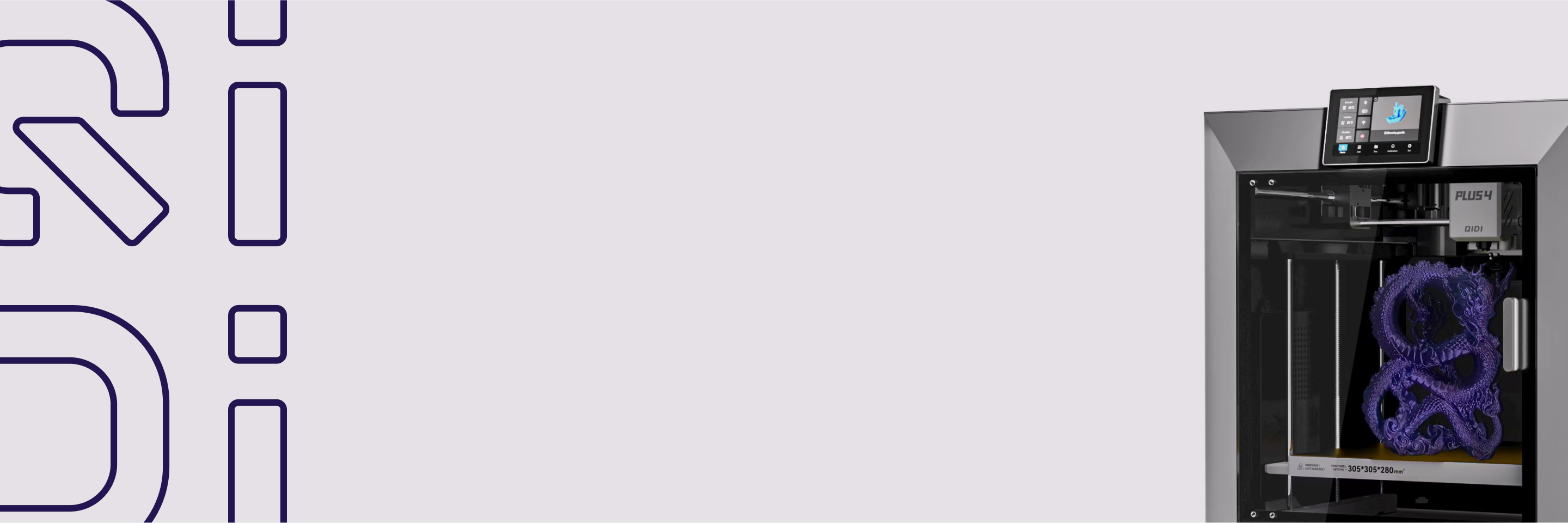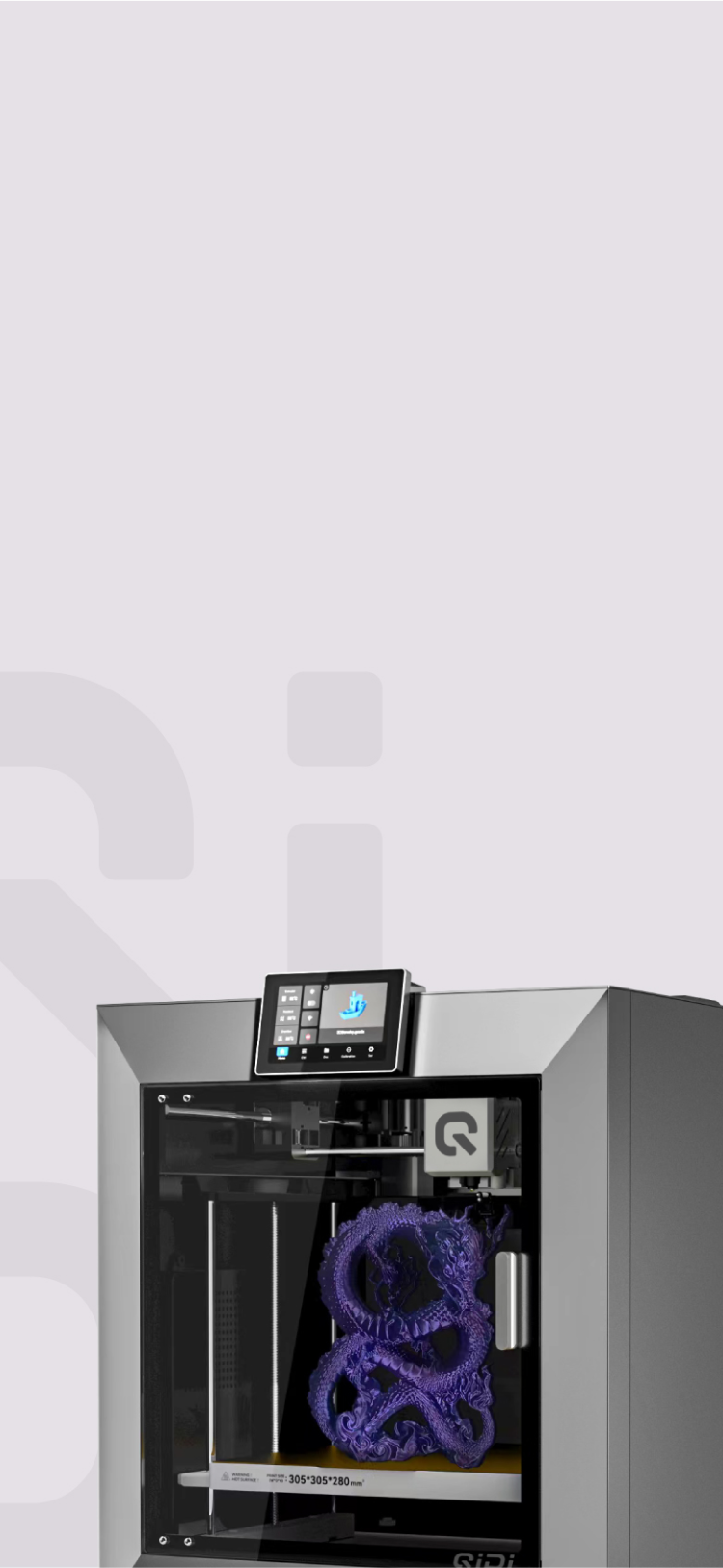How To Choose 3D Slicer Software For FDM Printing On Your 3D Printer

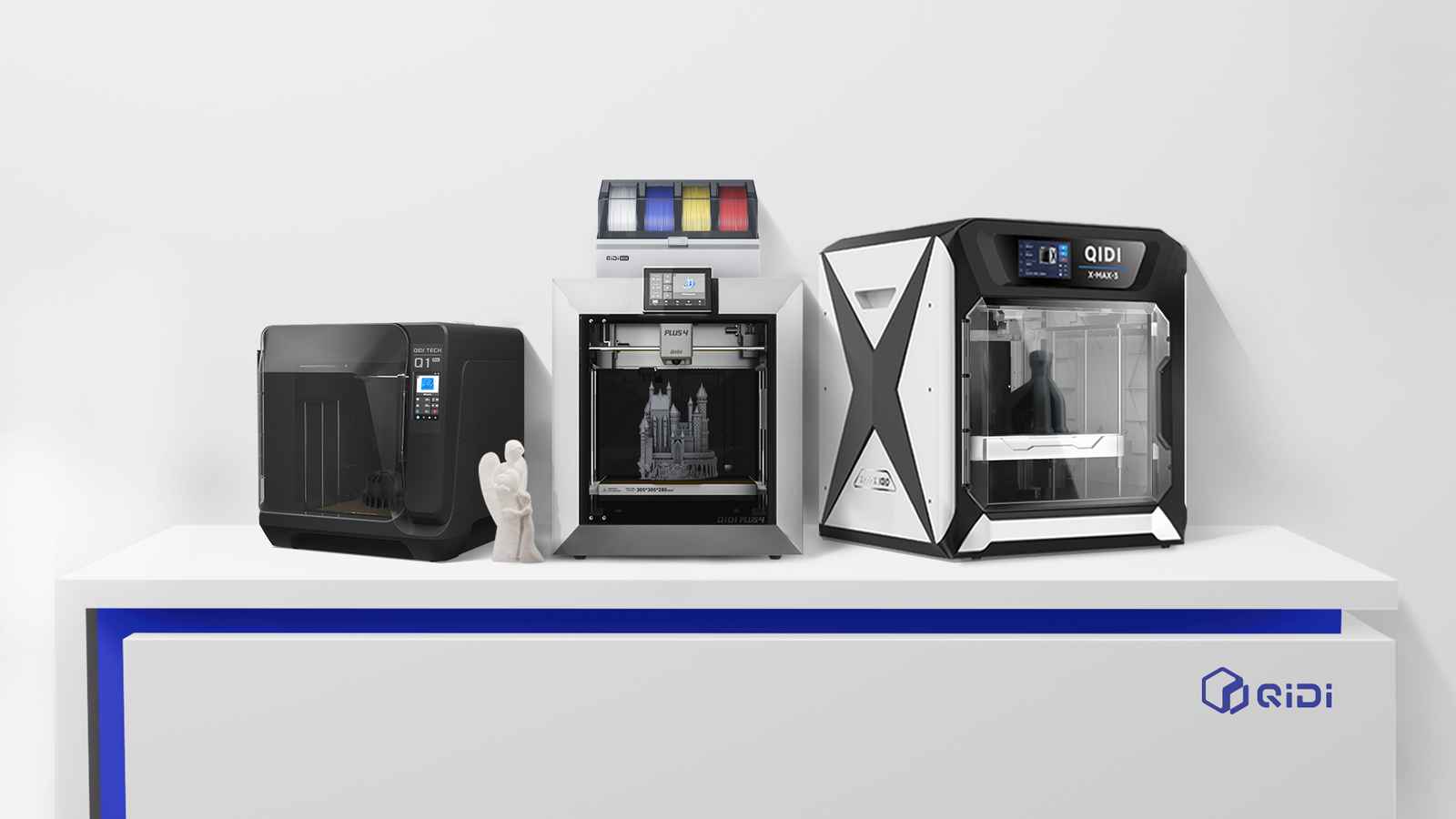
First layers fail, corners lift, strings appear, time runs out. Many makers tweak hardware on the 3D printer, yet most results come from choices inside the 3D slicer software. This guide focuses on selection and setup for FDM printing that works today. You will see a clear decision path, a tuning sequence, material guidance, and a compact troubleshooting map for reliable 3D printing.

What Is 3D Slicer Software In Modern 3D Printing?
A slicer converts a CAD or mesh file into G-code that a 3D printer can execute. It plans layer height, perimeters, infill, support structures, temperatures, speeds, accelerations, and cooling. Strong defaults and clear previews inside the 3D slicer software turn design intent into repeatable FDM printing.
Why Does FDM Printing Quality Depend On The 3D Slicer Software?
Surface finish and accuracy come from toolpaths and thermal control. The slicer governs first-layer behavior, retraction, support interfaces, and maximum volumetric flow. It also coordinates features such as pressure advance and input shaping that help high-speed 3D printing stay clean on the same 3D printer.
How to Choose 3D Slicer Software For FDM Printing In 10 Minutes
Choosing a slicer works best with a short, outcome-first path. Use the steps below to move from a long list to a confident pick for your 3D printer and day-to-day 3D printing.
- Set the outcome. Choose one priority for this part: speed, surface finish, or strength.
- Shortlist by features. Look for variable layer height, organic or tree supports with interfaces, seam tools, bridge controls, flow caps, acceleration and jerk controls, a readable G-code preview, and profile versioning in the 3D slicer software.
- Check profile coverage. Confirm ready presets that match your machine and common materials in your FDM printing workflow.
- Run a quick trial. Slice the same calibration part in each candidate 3D slicer software with identical goals. Compare time estimates, perimeters, support interfaces, and travel planning. Keep notes for a fair call.
- Lock a baseline. Pick the winner and save a named baseline profile before any fine-tuning.
How Do You Tune A 3D Printer Fast With 3D Slicer Software?
Tuning feels simple with one clear sequence. Start with first-layer reliability, align flow, then raise motion limits only after extrusion is stable in your 3D printing tests.
- First-Layer Foundation. Level or mesh calibrate, set a slightly wider first-layer line width and a slower first-layer speed, increase bed temperature a little for adhesion, and lower cooling on layer one when the material needs it.
- Flow Alignment. Print a single-wall cube or flow tower, measure wall thickness, set a fixed line width, and align the extrusion multiplier inside the 3D slicer software.
- Volumetric Flow And Pressure Advance. Cap maximum volumetric flow to your hotend and nozzle; use a simple pattern to calibrate pressure advance and watch corners for blobs or gaps.
- Motion And Ringing Control. Start with conservative acceleration and jerk; enable input shaping only after the first layer and the flow looks clean on the same 3D printer.
- Seam And Surface Strategy. Hide seams on a back face or corner; prefer outer-wall-first when detail matters, and adjust cooling by material.
This sequence keeps FDM printing stable while you increase speed with predictable results.
Which 3D Slicer Software Features Matter Most For FDM Printing?
Feature choice should map to common pain points. Keep the items below visible in your 3D slicer software layout so adjustments are quick during 3D printing.
- Variable Layer Height. Large layers on infill and gentle slopes, fine layers on curved skins to save time and protect the finish.
- Support Strategy And Interfaces. Organic or tree supports with interface layers and correct Z gaps for clean overhangs and easy removal in FDM printing.
- Bridge And Cooling Controls. Separate bridge speed, fan, and extrusion to keep spans flat and taut.
- Infill Options. Gyroid for balanced strength, grid for predictable stiffness, lightning for fast decorative shells in 3D printing.
- Perimeter Priority, Seam Tools, And Preview. External-perimeter-first for tidy skins, seam painting or alignment to hide marks, and a clear preview to inspect travel and retractions before the 3D printer starts.
How Should Your 3D Printer And Materials Guide The Choice In 3D Printing?
Match features to hardware limits and material needs. Consider nozzle size, melt rate, cooling capacity, motion rigidity, and build volume on the 3D printer. Then set material presets in your 3D slicer software with the switches that matter most.
Quick volumetric flow example
Volumetric flow equals layer height × line width × print speed. For example, 0.20 mm × 0.45 mm × 60 mm/s gives 5.4 mm³/s. Keep planned flow at or below your melt capacity to avoid under-extrusion during high-speed 3D printing.
Material × Key Slicer Switches
| Material | Key Slicer Switches In FDM Printing | Practical Starting Tips |
| PLA | Higher part cooling after layer one, moderate speeds, short retraction, hidden seam | Use lower nozzle temperature within the recommended range to reduce stringing |
| PETG | Reduced cooling, slightly higher nozzle temperature, longer retraction, slower travel over gaps | Watch for oozing and tune wipe or coasting carefully |
| ABS / ASA | Low or no fan during print, brims or skirts, thicker walls and extra top layers | Warm environment helps adhesion and limits warping |
| Nylon or PA-CF | Lower speeds and acceleration, wider extrusion for shells, dry filament, gentle cooling | Focus on layer fusion and strength before speed |
3D Printing Problems and the Settings That Fix Them
Use this compact map to link symptoms to practical slicer moves inside the 3D slicer software.
| Symptom In 3D Printing | Change In 3D Slicer Software | Why It Helps |
| First layer lifts or curls | Raise bed temperature slightly, slow first layer, add brim, reduce first-layer fan | Better adhesion and lower thermal shock |
| Stringing between parts | Lower nozzle temperature within range, increase retraction, shorten travel over gaps, enable wipe or gentle coasting | Less oozing and cleaner travel |
| Bridges sag | Lower bridge speed, increase bridge cooling, tune bridge extrusion | Straighter strands across spans |
| Ringing on walls | Lower acceleration and jerk, enable input shaping, smooth direction changes | Less resonance on the 3D printer |
| Dimensional inaccuracy | Calibrate flow, set fixed line width, print outer walls before infill, adjust horizontal expansion if needed | Controls plastic swell and overlap |
| Z scarring at seam | Move seam to a corner or back face, pick random or aligned seams based on part use, keep outer-before-inner walls | Hides or softens the artifact |
Why Faster Print Settings Can Reduce Quality?
Higher acceleration shortens time yet can create ringing on vertical faces. Raising planned flow increases throughput, yet the melt zone may starve and leave gaps. Larger layer heights reduce cycle time, yet tiny features can lose definition. Preview toolpaths inside the 3D slicer software, then validate limits with small test pieces before a full 3D printing build.
Follow A Reliable 3D Slicer Software Workflow On Your 3D Printer
A stable profile in your chosen 3D slicer software and one benchmark model form the backbone of reliable work. Secure first-layer adhesion, align flow and pressure advance, then lift acceleration in small steps while watching walls for ringing. Apply variable layer height and organic supports to cut hours without harming the finish. Keep versioned profiles in a shared folder and re-slice the same benchmark after each change to track time, surface notes, and success rate. Use this routine, and FDM printing becomes predictable on any well-maintained 3D printer, from early prototypes to short-run production.
3 FAQs about Slicing and Print Reliability
Q1. What file type and mesh tests improve the reliability of slicing?
A: Use 3MF to verify the units, the orientation, and the material notes. Ensure there are no manifold problems, holes filled, self-intersections deleted, and thin walls thickened before cutting. Enable auto repair on the 3D slicer program, then review the preview on the G-code for thin features that may vanish with the line width you select.
Q2. How can I ensure my time and filament estimates correspond to actual prints?
A: Adjust the filament thickness and cost. Establish reasonable speed and abrupt movement limits for your 3D printer. Slice a small test part, print it, and compare the measured time and weight to the computed values. Adjust the machine limits so the difference is a few percent. Save this altered profile to use for future prints.
Q3. How do I put various parts on the build plate to make it safer?
A: Organize the parts by height and ensure there is room to move. Include supports on long or narrow objects. Position the parts such that they do not stick together, and attempt to print them individually only when the toolhead and fan can reach long parts. It should not fail the entire 3D printing project if one piece does fail.

 Q2
Q2
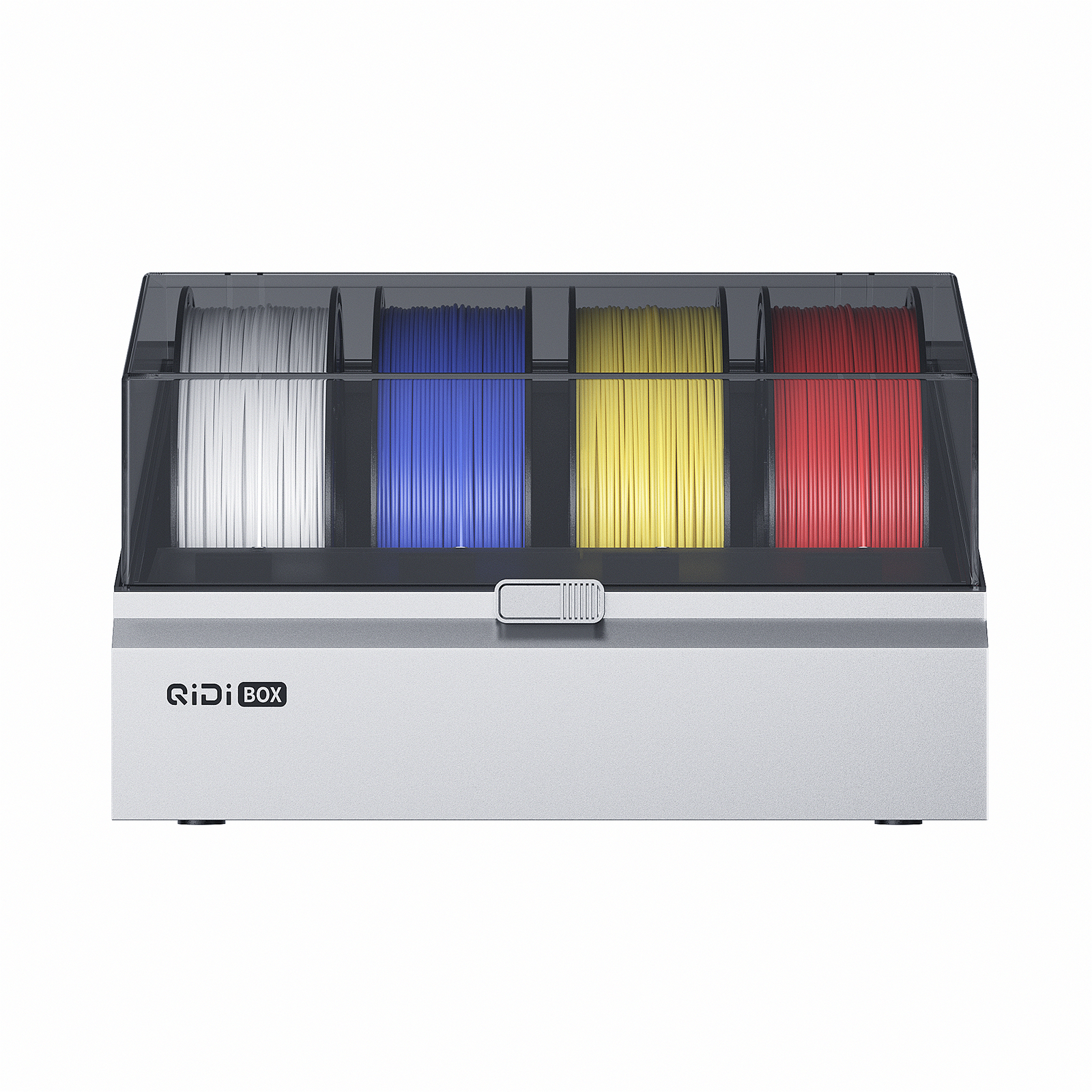 QIDI Box
QIDI Box
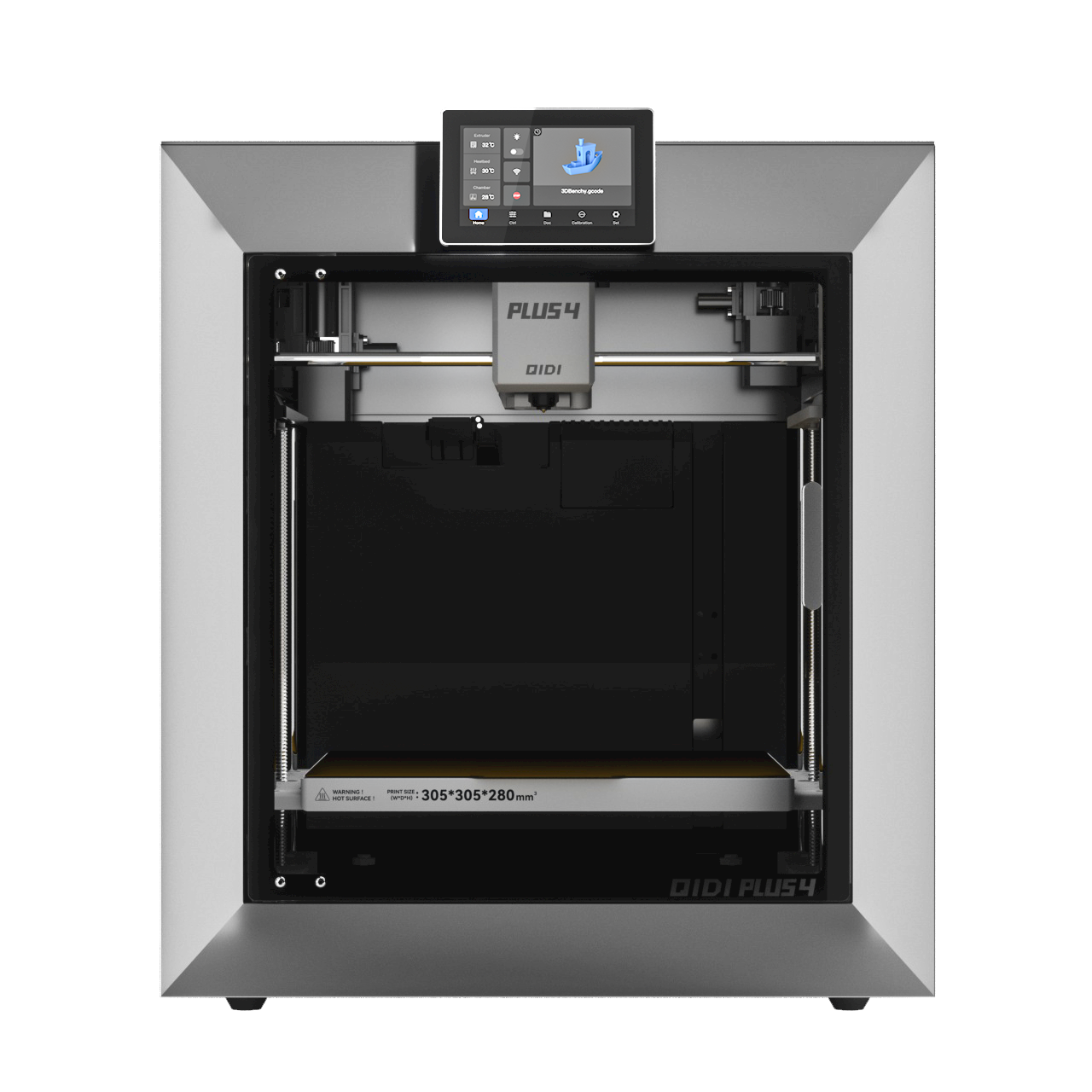 Plus 4
Plus 4
 Q1 Pro
Q1 Pro
 X-Max 3
X-Max 3
